HSBC 2005 Annual Report Download - page 163
Download and view the complete annual report
Please find page 163 of the 2005 HSBC annual report below. You can navigate through the pages in the report by either clicking on the pages listed below, or by using the keyword search tool below to find specific information within the annual report.-
 1
1 -
 2
2 -
 3
3 -
 4
4 -
 5
5 -
 6
6 -
 7
7 -
 8
8 -
 9
9 -
 10
10 -
 11
11 -
 12
12 -
 13
13 -
 14
14 -
 15
15 -
 16
16 -
 17
17 -
 18
18 -
 19
19 -
 20
20 -
 21
21 -
 22
22 -
 23
23 -
 24
24 -
 25
25 -
 26
26 -
 27
27 -
 28
28 -
 29
29 -
 30
30 -
 31
31 -
 32
32 -
 33
33 -
 34
34 -
 35
35 -
 36
36 -
 37
37 -
 38
38 -
 39
39 -
 40
40 -
 41
41 -
 42
42 -
 43
43 -
 44
44 -
 45
45 -
 46
46 -
 47
47 -
 48
48 -
 49
49 -
 50
50 -
 51
51 -
 52
52 -
 53
53 -
 54
54 -
 55
55 -
 56
56 -
 57
57 -
 58
58 -
 59
59 -
 60
60 -
 61
61 -
 62
62 -
 63
63 -
 64
64 -
 65
65 -
 66
66 -
 67
67 -
 68
68 -
 69
69 -
 70
70 -
 71
71 -
 72
72 -
 73
73 -
 74
74 -
 75
75 -
 76
76 -
 77
77 -
 78
78 -
 79
79 -
 80
80 -
 81
81 -
 82
82 -
 83
83 -
 84
84 -
 85
85 -
 86
86 -
 87
87 -
 88
88 -
 89
89 -
 90
90 -
 91
91 -
 92
92 -
 93
93 -
 94
94 -
 95
95 -
 96
96 -
 97
97 -
 98
98 -
 99
99 -
 100
100 -
 101
101 -
 102
102 -
 103
103 -
 104
104 -
 105
105 -
 106
106 -
 107
107 -
 108
108 -
 109
109 -
 110
110 -
 111
111 -
 112
112 -
 113
113 -
 114
114 -
 115
115 -
 116
116 -
 117
117 -
 118
118 -
 119
119 -
 120
120 -
 121
121 -
 122
122 -
 123
123 -
 124
124 -
 125
125 -
 126
126 -
 127
127 -
 128
128 -
 129
129 -
 130
130 -
 131
131 -
 132
132 -
 133
133 -
 134
134 -
 135
135 -
 136
136 -
 137
137 -
 138
138 -
 139
139 -
 140
140 -
 141
141 -
 142
142 -
 143
143 -
 144
144 -
 145
145 -
 146
146 -
 147
147 -
 148
148 -
 149
149 -
 150
150 -
 151
151 -
 152
152 -
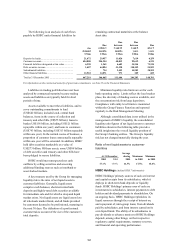 153
153 -
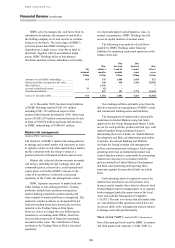 154
154 -
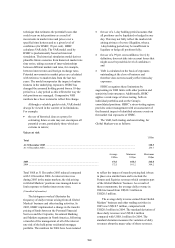 155
155 -
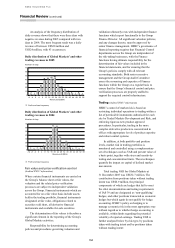 156
156 -
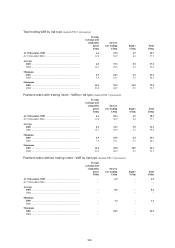 157
157 -
 158
158 -
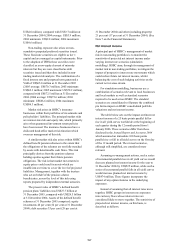 159
159 -
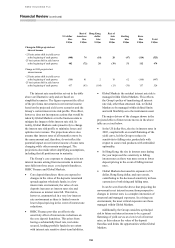 160
160 -
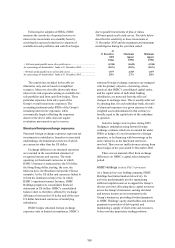 161
161 -
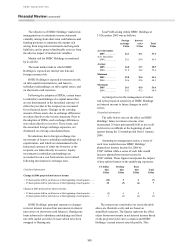 162
162 -
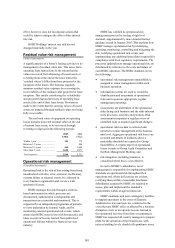 163
163 -
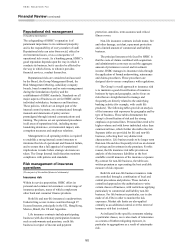 164
164 -
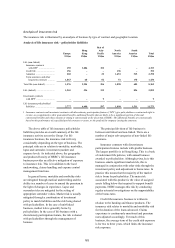 165
165 -
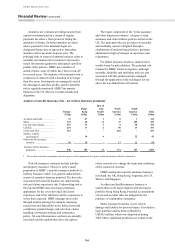 166
166 -
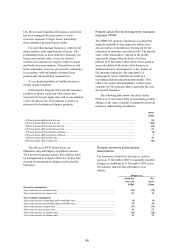 167
167 -
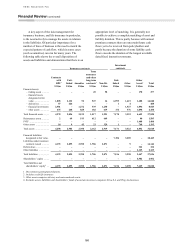 168
168 -
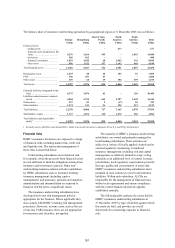 169
169 -
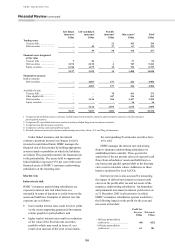 170
170 -
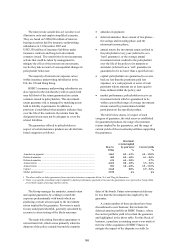 171
171 -
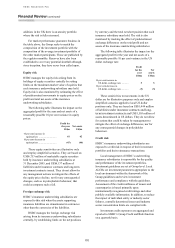 172
172 -
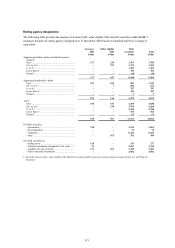 173
173 -
 174
174 -
 175
175 -
 176
176 -
 177
177 -
 178
178 -
 179
179 -
 180
180 -
 181
181 -
 182
182 -
 183
183 -
 184
184 -
 185
185 -
 186
186 -
 187
187 -
 188
188 -
 189
189 -
 190
190 -
 191
191 -
 192
192 -
 193
193 -
 194
194 -
 195
195 -
 196
196 -
 197
197 -
 198
198 -
 199
199 -
 200
200 -
 201
201 -
 202
202 -
 203
203 -
 204
204 -
 205
205 -
 206
206 -
 207
207 -
 208
208 -
 209
209 -
 210
210 -
 211
211 -
 212
212 -
 213
213 -
 214
214 -
 215
215 -
 216
216 -
 217
217 -
 218
218 -
 219
219 -
 220
220 -
 221
221 -
 222
222 -
 223
223 -
 224
224 -
 225
225 -
 226
226 -
 227
227 -
 228
228 -
 229
229 -
 230
230 -
 231
231 -
 232
232 -
 233
233 -
 234
234 -
 235
235 -
 236
236 -
 237
237 -
 238
238 -
 239
239 -
 240
240 -
 241
241 -
 242
242 -
 243
243 -
 244
244 -
 245
245 -
 246
246 -
 247
247 -
 248
248 -
 249
249 -
 250
250 -
 251
251 -
 252
252 -
 253
253 -
 254
254 -
 255
255 -
 256
256 -
 257
257 -
 258
258 -
 259
259 -
 260
260 -
 261
261 -
 262
262 -
 263
263 -
 264
264 -
 265
265 -
 266
266 -
 267
267 -
 268
268 -
 269
269 -
 270
270 -
 271
271 -
 272
272 -
 273
273 -
 274
274 -
 275
275 -
 276
276 -
 277
277 -
 278
278 -
 279
279 -
 280
280 -
 281
281 -
 282
282 -
 283
283 -
 284
284 -
 285
285 -
 286
286 -
 287
287 -
 288
288 -
 289
289 -
 290
290 -
 291
291 -
 292
292 -
 293
293 -
 294
294 -
 295
295 -
 296
296 -
 297
297 -
 298
298 -
 299
299 -
 300
300 -
 301
301 -
 302
302 -
 303
303 -
 304
304 -
 305
305 -
 306
306 -
 307
307 -
 308
308 -
 309
309 -
 310
310 -
 311
311 -
 312
312 -
 313
313 -
 314
314 -
 315
315 -
 316
316 -
 317
317 -
 318
318 -
 319
319 -
 320
320 -
 321
321 -
 322
322 -
 323
323 -
 324
324 -
 325
325 -
 326
326 -
 327
327 -
 328
328 -
 329
329 -
 330
330 -
 331
331 -
 332
332 -
 333
333 -
 334
334 -
 335
335 -
 336
336 -
 337
337 -
 338
338 -
 339
339 -
 340
340 -
 341
341 -
 342
342 -
 343
343 -
 344
344 -
 345
345 -
 346
346 -
 347
347 -
 348
348 -
 349
349 -
 350
350 -
 351
351 -
 352
352 -
 353
353 -
 354
354 -
 355
355 -
 356
356 -
 357
357 -
 358
358 -
 359
359 -
 360
360 -
 361
361 -
 362
362 -
 363
363 -
 364
364 -
 365
365 -
 366
366 -
 367
367 -
 368
368 -
 369
369 -
 370
370 -
 371
371 -
 372
372 -
 373
373 -
 374
374 -
 375
375 -
 376
376 -
 377
377 -
 378
378 -
 379
379 -
 380
380 -
 381
381 -
 382
382 -
 383
383 -
 384
384 -
 385
385 -
 386
386 -
 387
387 -
 388
388 -
 389
389 -
 390
390 -
 391
391 -
 392
392 -
 393
393 -
 394
394 -
 395
395 -
 396
396 -
 397
397 -
 398
398 -
 399
399 -
 400
400 -
 401
401 -
 402
402 -
 403
403 -
 404
404 -
 405
405 -
 406
406 -
 407
407 -
 408
408 -
 409
409 -
 410
410 -
 411
411 -
 412
412 -
 413
413 -
 414
414 -
 415
415 -
 416
416 -
 417
417 -
 418
418 -
 419
419 -
 420
420 -
 421
421 -
 422
422 -
 423
423 -
 424
424
 |
 |

161
effect, however, does not incorporate actions that
could be taken to mitigate the effect of this interest
rate risk.
HSBC Holdings’ interest rate risk has not
changed materially in the year.
Residual value risk management
(Audited information)
A significant part of a lessor’s leasing activities is its
management of residual value risk. This arises from
operating lease transactions to the extent that the
values recovered from disposing of leased assets or
re-letting them at the end of the lease terms (the
‘residual values’) differ from those projected at the
inception of the leases. The business regularly
monitors residual value exposure by reviewing the
recoverability of the residual value projected at lease
inception. This entails considering the re-lettability
and projected disposal proceeds of operating lease
assets at the end of their lease terms. Provision is
made to the extent that the carrying values of leased
assets are impaired through residual values not being
fully recoverable.
The net book value of equipment on operating
leases includes projected residual values at the end
of current lease terms, to be recovered through
re-letting or disposal in the following periods:
2005 2004
US$m US$m
Within 1 year ............................. 355 172
Between 1-2 years ..................... –484
Between 2-5 years ..................... 465 1,042
More than 5 years ...................... 1,684 2,073
Total exposure ........................... 2,504 3,771
Operational risk management
(Unaudited information)
Operational risk is the risk of loss arising from fraud,
unauthorised activities, error, omission, inefficiency,
systems failure or external events. It is inherent in
every business organisation and covers a wide
spectrum of issues.
HSBC manages this risk through a controls-
based environment in which processes are
documented, authorisation is independent and
transactions are reconciled and monitored. This is
supported by an independent programme of periodic
reviews undertaken by Internal Audit, and by
monitoring external operational risk events, which
ensure that HSBC stays in line with best practice and
takes account of lessons learned from publicised
operational failures within the financial services
industry.
HSBC has codified its operational risk
management process by issuing a high level
standard, supplemented by more detailed formal
guidance issued in January 2005. This explains how
HSBC manages operational risk by identifying,
assessing, monitoring, controlling and mitigating the
risk, rectifying operational risk events, and
implementing any additional procedures required for
compliance with local regulatory requirements. The
processes undertaken to manage operational risk are
determined by reference to the scale and nature of
each HSBC operation. The HSBC standard covers
the following:
• operational risk management responsibility is
assigned to senior management within each
business operation;
• information systems are used to record the
identification and assessment of operational
risks and to generate appropriate, regular
management reporting;
• assessments are undertaken of the operational
risks facing each business and the risks inherent
in its processes, activities and products. Risk
assessment incorporates a regular review of
identified risks to monitor significant changes;
• operational risk loss data is collected and
reported to senior management at the business
unit level. Aggregate operational risk losses are
recorded and details of incidents above a
materiality threshold are reported to Group
Head Office. A regular report on operational
losses is made to Group Audit Committee and
the Risk Management Meeting; and
• risk mitigation, including insurance, is
considered where this is cost-effective.
In each of HSBC’s subsidiaries, local
management is responsible for implementing HSBC
standards on operational risk throughout their
operations and, where deficiencies are evident,
rectifying them within a reasonable timeframe.
Subsidiaries acquired by HSBC are required to
assess, plan and implement the standard’s
requirements within an agreed timescale.
HSBC maintains and tests contingency facilities
to support operations in the event of disasters.
Additional reviews and tests are conducted in the
event that any HSBC office is affected by a business
disruption event, to incorporate lessons learned in
the operational recovery from those circumstances.
HSBC has requested all country managers to prepare
plans for the operation of their businesses, with
reduced staffing levels, should a flu pandemic occur.
